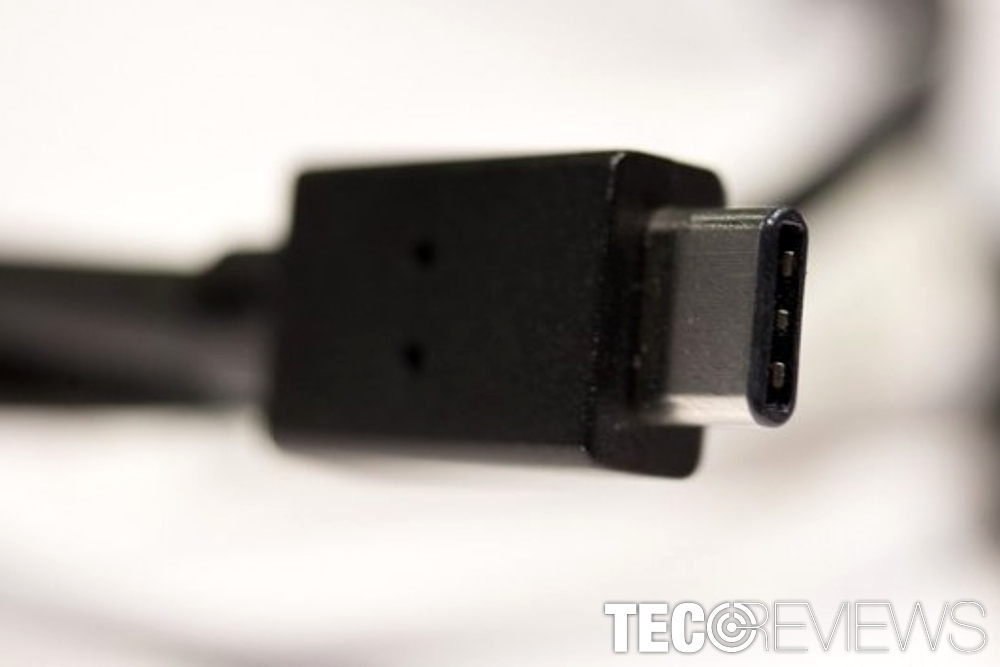Table of Contents
Improving data transfer rates
If your addiction is gaming or movie watching, the long-awaited USB 3.2 two-lane standard in USB-C cables is certainly something you’ve been waiting for. Otherwise, other users might get puzzled trying to understand what this fuss is all about. Rest assured as you will find the answer here.

USB-C vs. older USB ports
The new type of port for charging and transferring data, USB-C[1] has been introduced in 2013 with USB 3.1[2] functionality. In overall, the new type of connector allows faster data transfer. It looks like mini USB, but it does not lag behind in power.
The USB 3.1 feature lets transferring 10Gbps/per second via two lanes (5Gbps per lane). Finally, after several years, the Universal Serial Bus Implementers Forum (USB IF) has finally released USB 3.2 standard in the end of September.
More power, less time
With the rapidly changing information technologies, speed and information have become the two valuable matters every user strives and manufacturers try to keep up with the latest demands. Therefore, the new USB 3.2 functionality boosts the data transfer up to 20 gigabits per second, i.e. 10Gbps per two lanes. In short, it can download 2GB per second.
There is no need to explain such benefit for movie watchers and gamers as they know that it means bigger downloaded or uploaded data amounts via a shorter period of time.
USB IF emphasizes the key features of a new standard[3]:
- Two-lane operation in USB-C cables
- Maintaining 3.1 SuperSpeed physical layer encoding techniques
Comparing with the 3.1 technology, the improvements are not major, but if you are used to dealing with large amounts of data, you might tell the difference.
Upgrading devices
While the update indeed attracted quite much attention from IT media, not all users will be able to enjoy the benefits of USB 3.2 technology[4]. Only the latest laptops contain USB-C connector. Furthermore, not all of them support the USB 3.2 two-lane functionality.
COMMENTS